These Innovators Make Water Innovation Personal
What will drive the next innovations in agricultural water technology? The February issue of Soy Perspectives highlights three individuals whose personal experiences drove them to develop new solutions to manage water more efficiently now and in the future. When “Life-Giving” River Runs Dry Iran’s Zayandeh-Rood river may literally mean ‘life-giving,’ but its lower reaches began drying up decades ago due to years of mismanagement and overuse. One river section flowed through Esfahani, hometown of Amin Afzal, who later led a group of Pennsylvania State University researchers working on a breakthrough moisture sensor. “The river had a large impact on [...]
Funding Flows Into Local Watershed Efforts
ISA-supported field day highlights best soil and water quality practices and partnerships Thanks to the Illinois Nutrient Loss Reduction Strategy (NLRS) released in 2015, more federal and private-industry grant dollars are flowing into local watershed efforts. The goal is to help farmers consider the benefits of adopting new voluntary Best Management Practices (BMPs). A prime example is the Upper Macoupin Creek Watershed new Carlinville, Ill. American Farmland Trust (AFT) recently secured a USDA/NRCS Regional Conservation Partnership Program (RCPP) grant that dedicates $1 million per year during the next five years to increase local conservation efforts. These dollars include both [...]
GOOD NEWS AND BAD NEWS: Nitrate loads in the Illinois River are down, but not enough to achieve state goals
In case you missed the headlines in the national papers, the Gulf of Mexico Hypoxic Zone was the largest in recorded history this summer. Yes, that’s the bad news. The good news is, despite high flows and large nitrate-nitrogen (nitrate-N) loads in the Illinois River in April and May, the 2017 yearly nitrate-N loading in the river was about 5% lower than the 1980-96 baseline average load. The 1980-96 baseline is important because it serves as the reference point for IL-EPA’s requested reductions of 45% for nitrate nitrogen and total phosphorus loading to the Gulf of Mexico by 2035. [...]
Webinar: Linking BMP and Water Quality Success in Indian Creek Watershed
The Indian Creek Watershed Project is an innovative approach to voluntary adoption of on-farm conservation systems. Chad Watts, executive director with the Conservation Technology Information Center; Sarah Church, Ph.D., postdoctoral research associate at Purdue University; and Ursula Mahl, senior research technician with the University of Notre Dame, provided an overview of the project, what made the project a success and water-quality results. Key Takeaways: Success takes teamwork Identify a passionate, committed local champion Capitalize on partnerships Engage agricultural retailers Establish common goals and a community approach Ensure sufficient funding for outreach and cost-sharing Network with community members Education and [...]
Agronomy: New booklet gives farmers strategies to reduce nitrogen runoff
URBANA, Ill. – The Midwest, blessed with rich soils and abundant precipitation, leads the country and the world in corn and soybean production. It also contributes the majority of the nitrate load in the Gulf of Mexico, leading to its large low-oxygen “dead zone.” Nitrate applied to farm fields also winds up in local drinking water supplies, which must be removed at a major cost to municipalities. Fortunately, there are ways for farmers to reduce nitrogen loss, and a new University of Illinois Extension booklet provides details on 10 suggested practices. “In this booklet, we present a consistent source [...]
Agronomy: Podcast: Buffer Strips
Steve Baker, president of Springfield Plastics Inc., reviews saturated buffer strips in this podcast. He explains the difference between a traditional and a saturated buffer strip. He notes that saturated systems have been researched in a wide geography and most vegetation types can use this nitrogen. Baker encourages growers to do research on their own farm and experiment with this practice to see the costs they could save. Launch audio>>>
Podcast: Bioreactors
University of Illinois Assistant Professor of Water Quality, Laura Christianson, Ph.D., goes in-depth on bioreactors. Bioreactors are an edge-of-field filtration system that reduce the nitrate levels in water flowing out of fields and into waterways. Christianson says bioreactors have the potential to be one of the most effective tools for farmers looking for ways to reduce nutrient runoff. Launch audio >>>
Agronomy: Webinar: IFCA Video – Ag Drainage in Illinois: Past, Present and Future
The Illinois Fertilizer & Chemical Association's Annual Convention took place from January 19-21 in Peoria. The IL CCA and NREC session featured the presentation Ag Drainage in Illinois: Past, Present and Future from Laura Christianson. We captured the presentation and the recording is available below. 0.5 CEUs in Soil and Water Management are available for this webinar. Visit the Certified Crop Adviser website to self-report your credit after viewing the webinar recording.

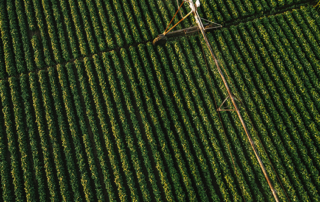
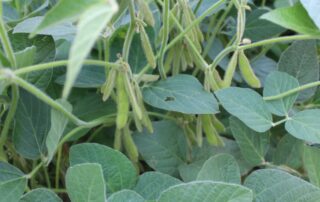
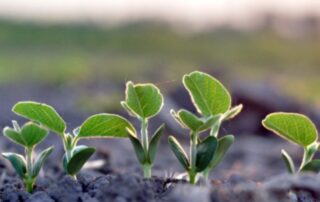
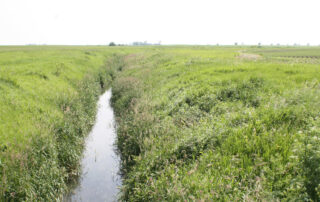
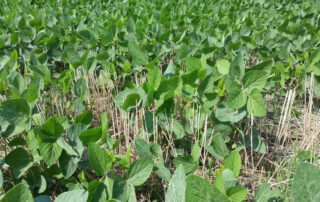
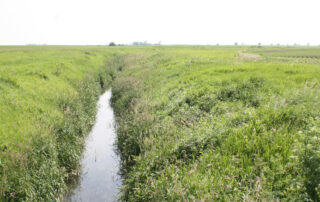
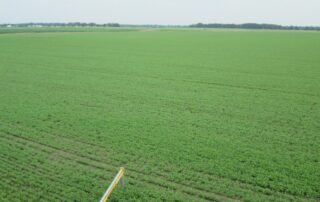
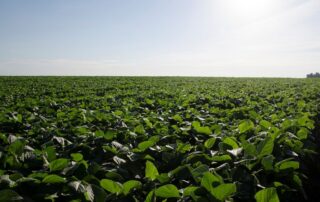

 and then
and then